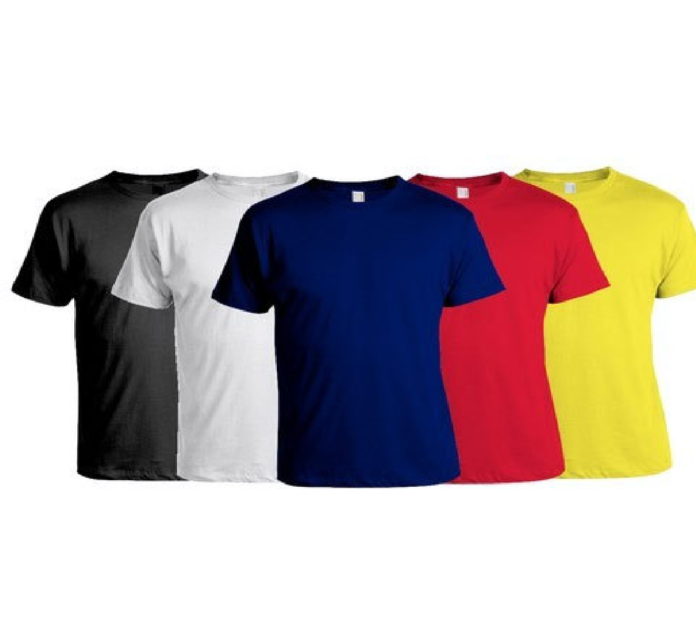Introduction to Custom Logo Design on T-shirts
The world of fashion is continuously evolving, and the trend of customizing t-shirts with unique logos is at an all-time high. Whether you are a business looking to promote your brand, a creative individual expressing your style, or someone preparing for a special event, designing a custom logo on a t-shirt is a fantastic way to make a statement. This comprehensive guide will walk you through the process, ensuring your t-shirt stands out in both style and quality.
Understanding the Basics of T-shirt Design
Before diving into the design process, it’s essential to understand the basics. A good t-shirt design is more than just an attractive image; it’s about conveying a message, emotion, or identity. Consider the purpose of your t-shirt, the audience you want to reach, and what you want your design to say about you or your brand.
Choosing the Right T-shirt
Fit and Style
From classic to slim fit, V-neck to crew neck, the style of your t-shirt can significantly impact the overall look. Choose a style that complements your design and suits the wearer’s preferences.
Designing Your Logo
Inspiration and Conceptualization
Start by brainstorming ideas. Look for inspiration in your brand values, personal interests, or current trends. Sketch out concepts and think about colours, fonts, and imagery that align with your vision.
Using Design Software
For a professional-looking logo, using design software like Adobe Illustrator or free alternatives like GIMP is crucial. These tools offer flexibility in manipulating images, text, and colours to get your logo just right.
Hiring a Professional Designer
If design isn’t your forte, consider hiring a professional. They can bring your ideas to life and ensure your design is optimized for t-shirt printing.
Selecting a Printing Method
Screen Printing
Ideal for larger orders, screen printing offers vibrant, durable results. It’s cost-effective for simple designs with fewer colours.
Digital Printing
Perfect for intricate designs and smaller orders, digital printing allows for more colour and detail but can be less durable than screen printing.
Heat Transfer
Heat DTF Transfer is a budget-friendly option for DIY enthusiasts. It allows for full-colour prints but is less durable and can feel heavy on the fabric.
Preparing Your Design for Printing
File Format and Quality
Ensure your design is in the correct file format (like PNG or vector files) and high resolution to avoid pixelation or quality loss during printing.
Placement and Size
Consider the placement and size of your logo on the t-shirt. A standard placement is the chest area, but don’t be afraid to get creative with positioning.
The Printing Process
Test Print
Always do a test print on a similar material to ensure the design looks as expected.
Bulk Printing
For bulk orders, make sure you have a reliable printing service that can deliver consistent quality across all t-shirts.
Caring for Your Custom T-shirt
To ensure your design lasts, follow care instructions carefully. Typically, this means washing inside out, using cold water, and avoiding high heat in drying.
Conclusion
Creating a custom logo on a t-shirt is a fantastic way to showcase your brand, creativity, or personal style. By following these steps, you’ll end up with a high-quality, visually appealing t-shirt that’s sure to turn heads. Remember, a great t-shirt design is more than just a logo; it’s a reflection of your identity. Wear it proudly!


